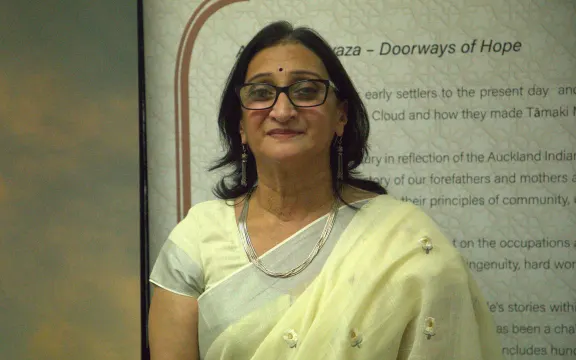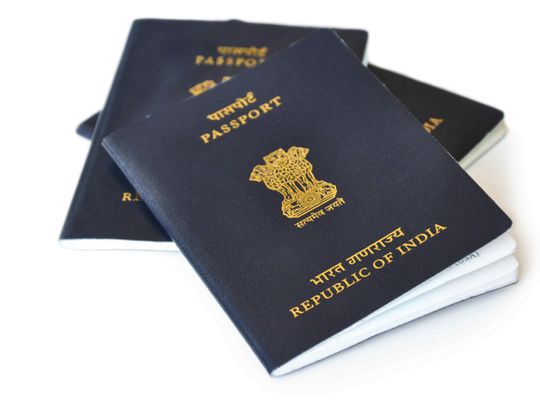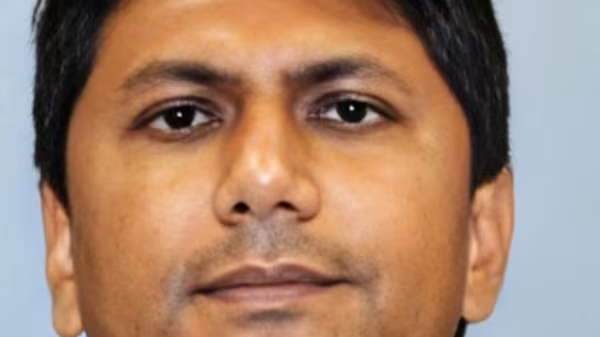The Asha ka Darwaza exhibition runs until November 24 at the Mahatma Gandhi Centre, offering an inspiring journey through the trials and triumphs of New Zealand’s Indian community
The exhibition Asha ka Darwaza (Doorways of Hope), currently showcased at Auckland’s Mahatma Gandhi Centre, offers a unique lens into the history of Indian migration to New Zealand, reported rnz.co.nz.
Organized by the Auckland Indian Association, the exhibition in Eden Terrace brings together artifacts, photographs, and narratives that celebrate the cultural resilience and contributions of a community that began settling in New Zealand as early as the late 18th century.
Pioneering Migration and Challenges
The first wave of Indian settlers included sailors, seafarers, and soldiers aboard British East India Company ships. They stayed on to work in industries like mining and agriculture. Many hailed from Gujarat and Punjab, regions renowned for emigration due to their coastal proximities and agricultural heritage. Punjabi Sikhs, skilled in farming, found opportunities in the Waikato district, contributing significantly to dairy farming. Gujaratis from Navsari and Bardoli ventured into hawking, flax-cutting, and later market gardening in areas like Pukekohe and Otahuhu.
Despite their contributions, early immigrants faced systemic discrimination. Classified as “Asiatics” alongside the Chinese, Indians were often targeted by xenophobic laws like the Immigration Restriction Amendment Act 1920. Racial tensions escalated, culminating in the formation of the White New Zealand League. Yet, the community resisted these injustices through advocacy and unity.
United Against Discrimination
In response to these challenges, Indians formed collective organizations, starting with the Auckland Indian Association in 1920. This was followed by the Wellington Indian Association and the Country Section New Zealand Indian Association, which together established the New Zealand Indian Central Association in 1926. These bodies fought discrimination and championed the rights of Indians as British subjects.
Community Growth and Resilience
By the 1950s, the Indian community expanded its scope with initiatives such as the New Zealand Muslim Association and the establishment of Gandhi Hall, Auckland’s first Indian community center. Over time, this center evolved into the Mahatma Gandhi Centre, now a thriving hub for Indian cultural and social activities.
Sports also played a unifying role. The Auckland Indian Association launched its sports club in 1936, and the annual Dhyan Chand Trophy hockey tournament remains a cherished tradition.
Indian families began settling in larger numbers post-World War II, adapting to New Zealand’s food landscape by growing traditional vegetables and importing spices from Fiji. A progressive immigration reform in 1958 further facilitated family reunifications and community growth.
A Flourishing Future
From six individuals recorded in the 1881 Census to over 292,000 in 2023, the Indian diaspora has become New Zealand’s third-largest ethnic group. Pushpa Lekhinwal, president of the Auckland Indian Association, envisions a vibrant future where the community balances tradition with innovation while fostering intergenerational connections and empowering women.
***********************************************************
Readers
These are extraordinary times. All of us have to rely on high-impact, trustworthy journalism. And this is especially true of the Indian Diaspora. Members of the Indian community overseas cannot be fed with inaccurate news.
Pravasi Samwad is a venture that has no shareholders. It is the result of an impassioned initiative of a handful of Indian journalists spread around the world. We have taken a small step forward with the pledge to provide news with accuracy, free from political and commercial influence. Our aim is to keep you, our readers, informed about developments at ‘home’ and across the world that affect you.
Please help us to keep our journalism independent and free.
In these difficult times, running a news website requires finances. While every contribution, big or small, will make a difference, we request our readers to put us in touch with advertisers worldwide. It will be a great help.
For more information: pravasisamwad00@gmail.com











